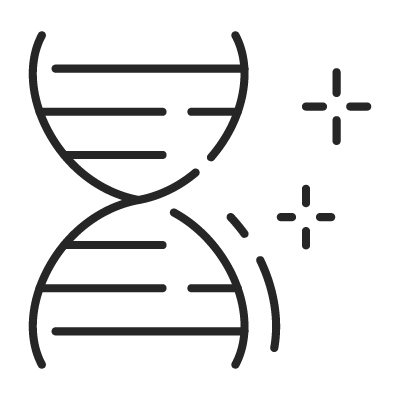Veterinary Amoeba antigen (Amoeba Ag)
| Catalog No. | SVAMGF |
|---|---|
| Specimen | Feces |
| Dimensions | Height: 60mm, Length: 300mm, Height: 84mm, Length: 300mm |
Product Description
INTENDED USE
Entamoeba histolytica Rapid Test is an in vitro immunoassay for the direct and qualitative detection of Entamoeba histolytica from human feces. Entamoeba histolytica Rapid Test is intended to aid in the rapid diagnosis of Amebiasis..
INTRODUCTION
Entamoeba histolytica is an anaerobic parasitic amoebozoa, part of the genus Entamoeba1, predominantly infecting humans and other primates causing amoebiasis. It can affect anyone, although it is more common in people who live in tropical areas with poor sanitary conditions. E. histolytica is estimated to infect about 50 million people worldwide. Previously, it was thought that 10% of the world population was infected, but these figures predate the recognition that at least 90% of these infections were due to a second species, E. dispar2.
E. histolytica infected people who do become sick usually develop symptoms within 2 to 4 weeks, though it can sometimes take longer. Amoebiasis is often quite mild and can include loose feces, stomach pain, and stomach cramping. Amoebic dysentery is a severe form of amebiasis associated with stomach pain, bloody stools, and fever3. If the parasite reaches the bloodstream it can spread through the body, most frequently ending up in the liver where it can cause amoebic liver abscesses3.
For diagnosis of Amebiasis, direct visualization or culture of trophozoites from the abscess is the gold standard but is laborious and often impractical. Stool PCR is a promising new technique. Serologic tests can help diagnose extrintestinal amebiasis, but may not helpful in diagnosing current illness4. Antigen detection are presently available for diagnose Amoebiasis in fecal samples. The Entamoeba Rapid Test takes only 10 minutes and requires a small quantity of human feces to perform. It is an easy, rapid and sensitive diagnostic method for Amebiasis.
Pinciple
The E. histolytica Rapid Test detects E. histolytica through visual interpretation of color development. Anti-E. histolytica antibodies are immobilized on the test region of the nitrocellulose membrane. A fecal sample is added to the sample diluent tube with buffer to release the parasitic antigens. During testing, the extracted antigens bind to anti-E. histolytica antibodies conjugated to colored particles on the sample pad. As the specimen migrates along the strip by capillary action and interacts with reagents on the membrane, the complex will be captured by anti-E. histolytica antibodies at the detection zone. Excess colored particles are captured at the internal control zone.














